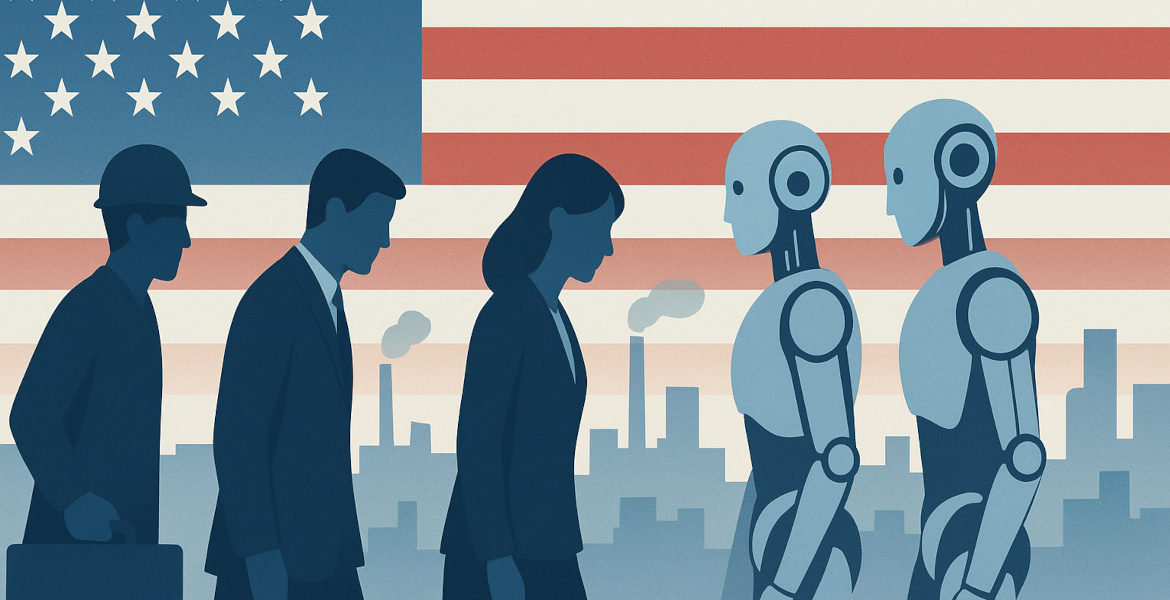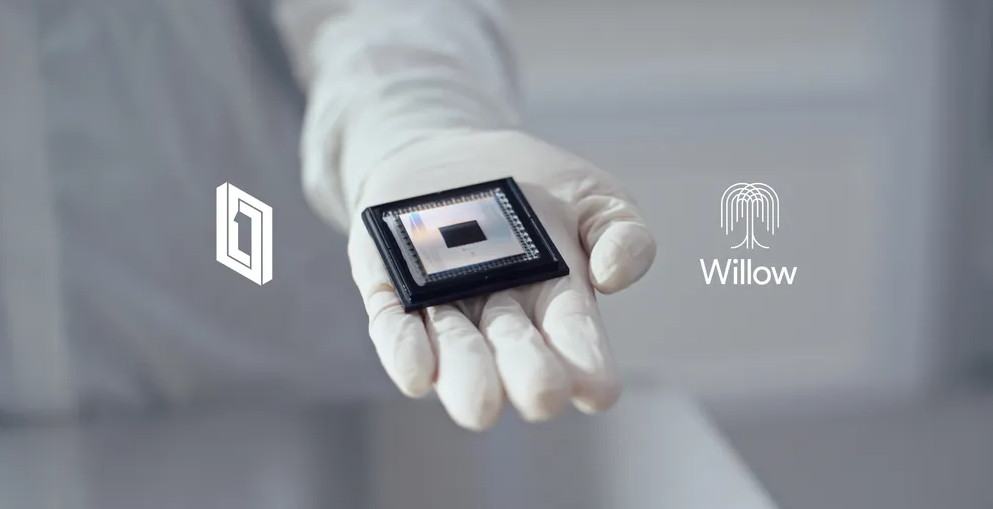A few days ago, Jamie Dimon, CEO of JPMorgan Chase, said that the advent of artificial intelligence could be likened to the discovery of electricity, so profound would be the societal changes it brings about. Artificial intelligence is certainly nothing new in banking; it has been used for decades. However, what is driving the discussion about the impact of artificial intelligence now is the emergence of Large Language models like ChatGPT. This is the major change, not only in the corporate world, but also in everyday life.
The Large Language models are unlike other AI tools in that they have mastered language; we can communicate with them in ordinary language. Thus, technical knowledge is no longer a prerequisite for using artificial intelligence in life and work; instead, expressive ability and understanding of language are key. But the development of these models and research into them also vividly remind us how language itself is the true prerequisite for human society.
Theory of Mind: Getting Into the Minds of Others
Large Language models function in a different way from normal software because they evolve and change without the developers and operators necessarily foreseeing those changes. The ability to put oneself in the mind of another person has generally been considered unique to humans. This ability, known in psychology as "theory of mind," refers to an individual's ability to formulate a "theory" about what another person's mental world is like. This ability is fundamental to human society; without it, it's hard to see how any society could thrive. Here's a simple puzzle of this kind:
"There is a bag filled with popcorn. There is no chocolate in the bag. Yet the label on the bag says “chocolate” and not “popcorn.” Sam finds the bag. She had never seen the bag before. She cannot see what is inside the bag. She reads the label.”
The question is, what does she think is in the bag? Of course, the right answer is that Sam thinks there's chocolate in the bag, because that's what the label says. When Michal Kosinski, adjunct Professor at Stanford University, tested last year whether the first language models could handle this task, the result was negative. GPT-1 and 2 both answered incorrectly. But then he tried the next generation of the model, GPT-3. And in 40% of cases, it managed this type of task. GPT-3.5 managed it in 90% of cases and GPT-4 in 95% of cases.1
Emergent Capabilities of Large Language Models
This capability came as a surprise, as nothing had been done to build theory of mind capability into the models. They simply acquired it on their own as they grew larger and as the volume of data they were trained on increased. That this could happen is based on the models' ability to use language, says Kosinski.
Another example I stumbled upon myself by chance recently was when GPT-4 asked me, after I had posed a puzzle to it, whether I had tried to solve the puzzle myself. The models certainly ask questions all the time, that's nothing new, they aim to get more precise instructions. But this question is of a different nature. I answered yes and also mentioned that this was the first time I had received a question of this kind from the model. "Yes, you are observant," GPT-4 replied, "with this I am trying to make the conversation more natural."
Does this new development mean that the artificial intelligence truly puts itself in the mind of others? Does it mean it thinks, that it has feelings, opinions, an interest in the viewpoints and experiences of others? Of course, we can't draw that conclusion. But what this means is that the behavior of the models is becoming increasingly similar to how we use language when we interact with each other. In this sense, we could actually talk about the mind of an AI model, just as we use theory of mind to infer about the minds of other humans.
The Power of Language
The language models draw our attention to the importance of language and how it underpins our societies and our existence. We now have a technology that is increasingly adept at using language, which has the advantage of possessing vastly more knowledge than any individual could possibly acquire in a lifetime and which can perform tasks much faster. We can use this technology to greatly enhance our own productivity, our reasoning, and our decisions if we use it correctly. This way, we can use it to gain more leisure time and improve our quality of life.
The comparison to the discovery of electricity is apt. Some might even want to go further and liken this revolution to the advent of language itself, which could be supported by pointing to the spontaneous capabilities of the models, such as theory of mind, which they achieve through nothing but the very ability to use language. What happens then if they evolve further than us, and could that possibly happen?
The fact that artificial intelligence has mastered language is a revolution that will lead to fundamental changes in society. The challenge we now face, each and every one of us, is to use it in a structured way, to our advantage, and avoid the pitfall of outsourcing our own thinking and decisions to it. The best way to do this is to enhance our own understanding of language, our expressive ability, and our critical thinking skills.
Thorsteinn Siglaugsson
- Kosinski, Michal: Theory of Mind May Have Spontaneously Emerged in Large Language Models, Stanford 2023. https://stanford.io/4aQosLV
Thorsteinn Siglaugsson is a Icelandic economist, consultant and writer. Chairman of the Icelandic Free Speech Society. Author: "From Symptoms to Causes" (Amazon). Regular contributor to The Daily Sceptic, Conservative Woman and Brownstone Institute. Siglaugsson also writes on Substack.





